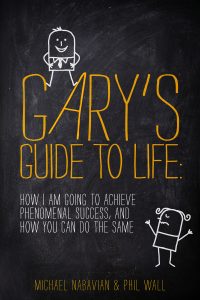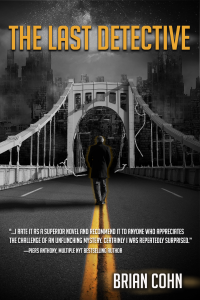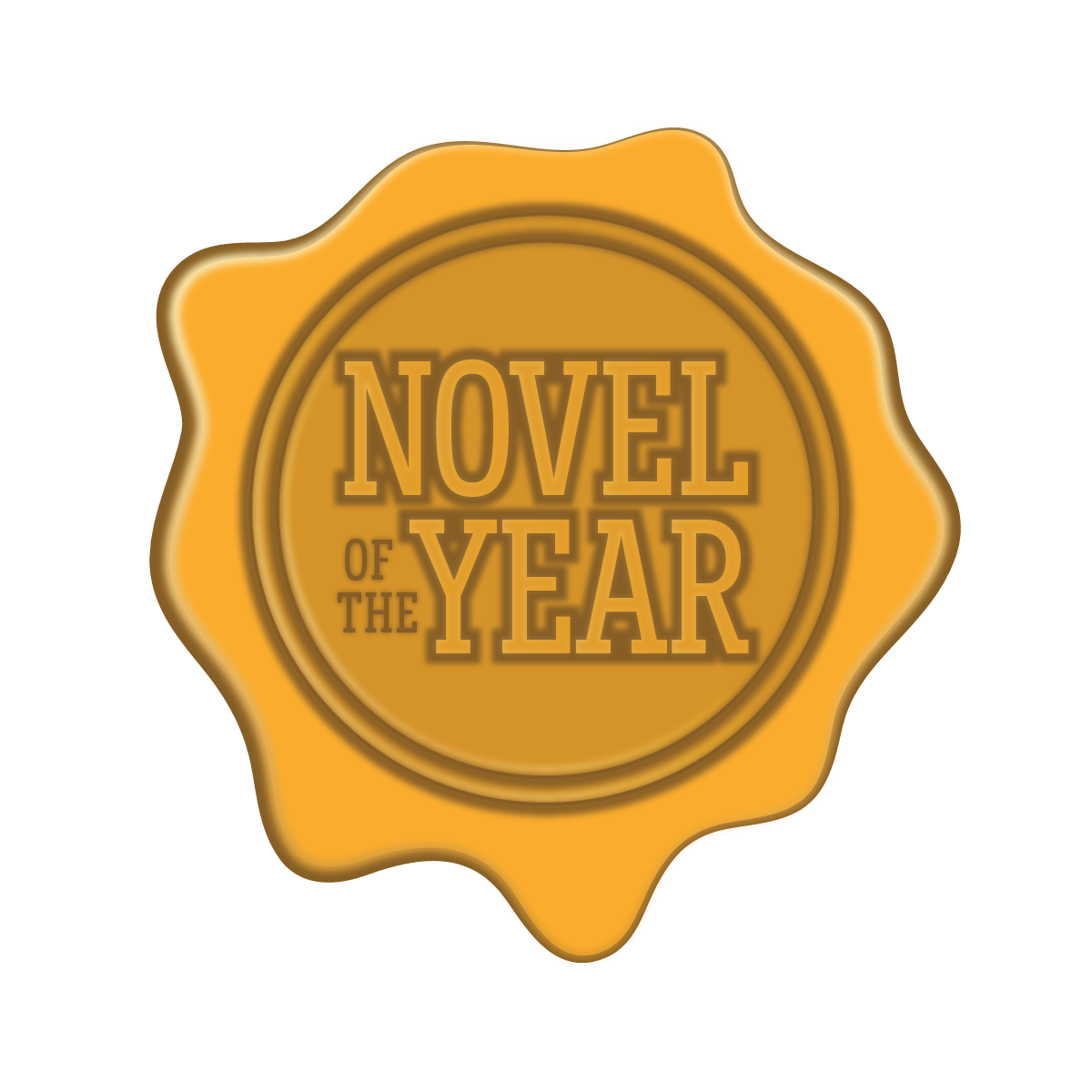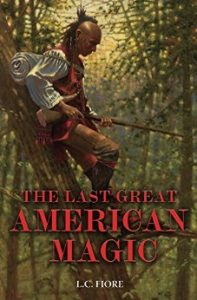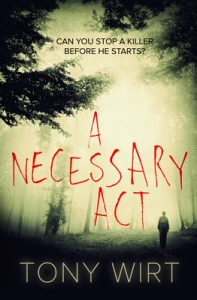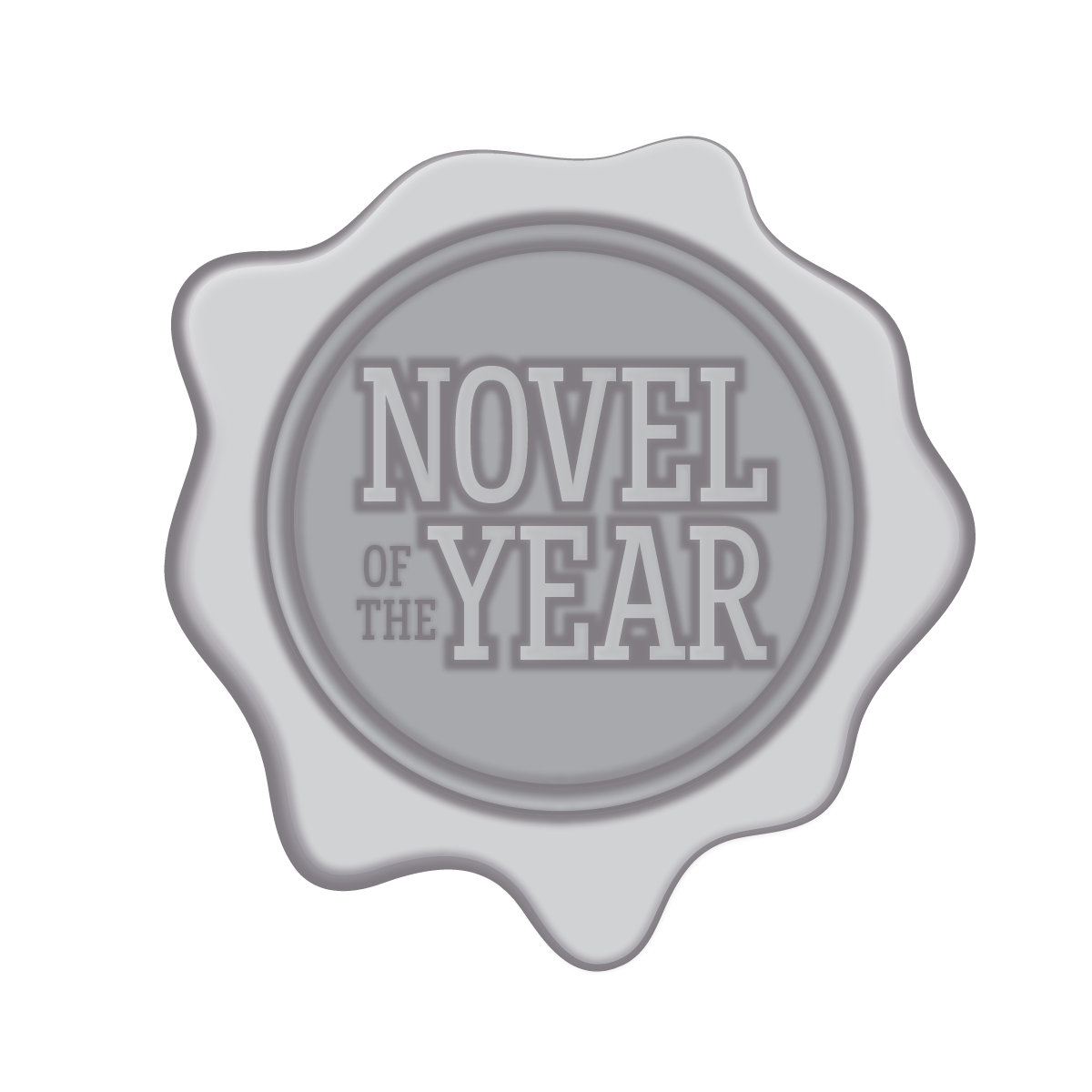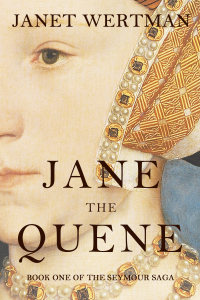The Rundown
The Recommendation
The Rating
The Links
The Reviewer
Lauren Faulkenberry
Visit Lauren Faulkenberry‘s website.Most writers I work with struggle with plot more than anything else. If you’re like a lot of them, your book idea might be built around one central intriguing event. So you’ve got a bold/clever/exciting event: now how do you build all of the scenes around it to create a whole novel?
1.Think in terms of decisions. Your character must take action: don’t simply create events that happen to her. She must make decisions that either alleviate trouble or create more of it. (And we all know that when you solve one problem you have to create a new one—otherwise you have a dull story. So don’t let your heroine get too comfortable.) It’s easy to fall into the pattern of describing events that happen to your character; instead, compose events that she creates based on her behaviors. For example: if your heroine’s dog is hit by a car, that’s sad, but boring. If her dog is run over by her neighbor because the neighbor suspects your heroine is having an affair with her husband, then that’s plot development. (See also: Creating Tension. Lucy Atkins has some great advice about how to create tension, even when you don’t have extreme drama happening.)
2. Decisions must lead to consequences, which lead to more decisions and more consequences. This is how you create escalating drama and build tension. When crafting a story, you are creating a chain of events—they aren’t all necessarily related on the surface, but they are connected because of your character’s fears, values, and desires. For example: the neighbor runs over your heroine’s dog. Your heroine confronts the neighbor lady (because she’s hot tempered) and they get into an altercation. The neighbor calls the heroine’s husband and tells him his wife is cheating on him. He drinks himself into a stupor, confronts his wife, then storms out and crashes his car into a tree. Your heroine is wracked with guilt because this all happened as a result of her confronting the neighbor, because of her tendency to act before thinking. Create chain reactions based on your character’s flaws and your story almost writes itself.
3. Look to your friend the playwright. You hear this one all the time: raise the stakes. Novels, like plays, can often be broken down into three acts. If you’re a structure person, this idea can help you. Remember Euripides? In Act One, you put your character up a tree. In Act Two, throw rocks at him and see what he’s made of. In Act Three, get him down from the tree. When I was in graduate school, I took a playwriting class as an elective. It helped me tremendously in terms of writing scenes with real action, creating structure, and upping the ante to keep momentum in the story. Your novel is a series of scenes: each scene needs to reveal something about the character or move the story forward. I still look to The Playwright’s Guidebook to this day (and you should do yourself a favor and get a copy), but for some quick tips on writing revealing scenes, check out Jane Friedman’s website. She has helpful exercises to get you started. Holly Lisle defines scenes based on change, and has some great tips on writing with that pattern in mind.
4. Create an overarching plot based on your Big Important Question, and then create subplots. Your Big Important Question is the key question you set up in the very beginning of your novel. This is the question that keeps the reader turning the page; this is the question you must resolve at the end of your book. In Bayou My Love, I set up the BIQ in the first chapter: Will Enza flip this house she inherited and prove herself to her father? But we lead complicated lives. You need more than one burning question. So: subplots! I knew from the beginning that Bayou My Love was a love story. (Can Jack win Enza over? Will she fall in love with him? Will Enza sell the house or stay in the bayou?) I also wanted it to have suspenseful elements. (Who is setting fires all over town and putting Enza in danger? Who is taunting her and Jack with voodoo? Will this person be found? Will Enza find her estranged mother?) Each question creates a subplot, but they are all connected based on Enza’s fears, desires, strengths, and flaws. Complexity leaves you, the writer, more room for decisions and consequences, and that creates more action and drama. This setup easily allows you to tackle one problem and then create another one, leaving your character up a tree for a long enough time that readers see what he’s made of. Then you earn your ending.
5. And speaking of endings, how do you know when you get there? At a reading last week, someone asked me this very question. The answer? Easy. You’ve arrived at the end when your character either gets what she wants or loses it. You’re there when you’ve answered the Big Important Question. Naturally, there are quiet endings and loud endings, but the best ones are memorable because they touch something that resonates within us. Nancy Kress discusses a variety of styles of endings, but points out that we should always avoid the anticlimactic. The best endings are a little surprising, but always inevitable. After all, your character has a certain trajectory based on the fears and desires you’ve given them. They make choices that expose their weaknesses and build their strengths, so the outcome should reflect their growth or decay. There’s a fine line between predictable and inevitable, but the thing that separates them is finesse. The qualities that make your character unique can be your way into a surprising yet inevitable ending. I’m thinking of Jojo Moyes, Tana French, Mary Gaitskill, and Janet Fitch. If you create multi-faceted characters and build plots with high emotional stakes, you’ve set yourself up for a masterful ending.
It’s not easy, but you can learn finesse.
Image courtesy of pixabay.com.


